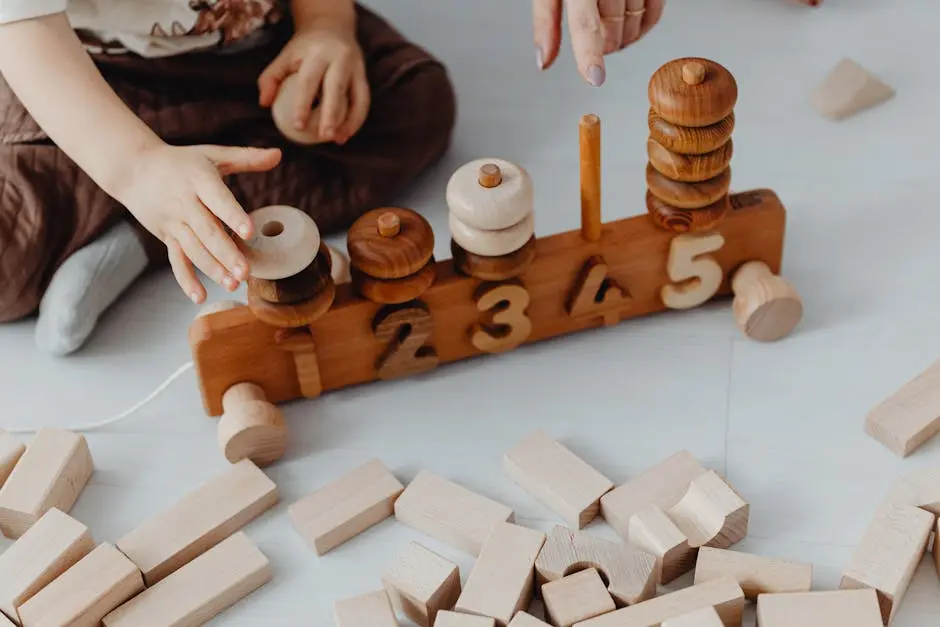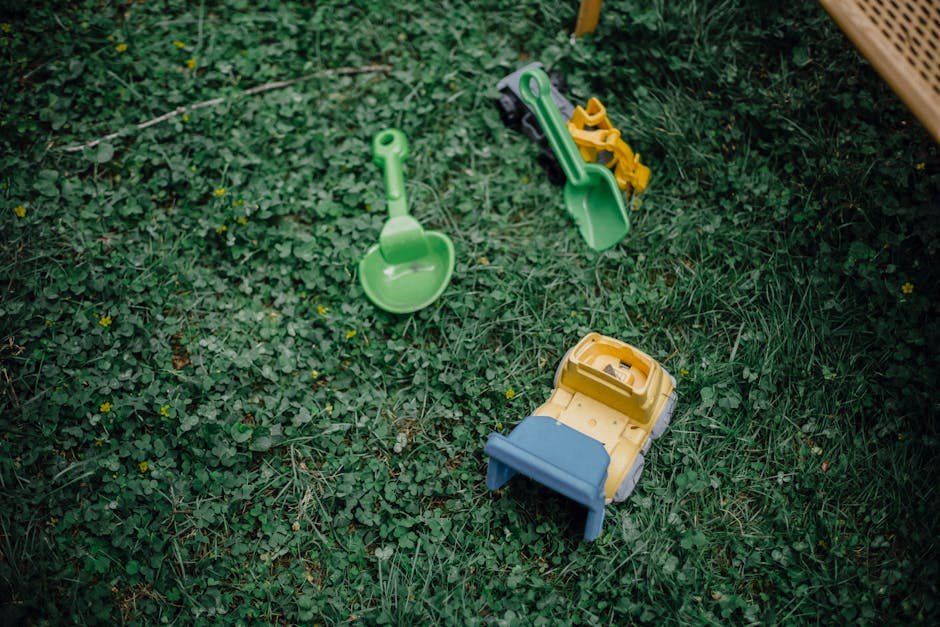Exploring the intersection of fun and safety, this blog delves into the world of full-automatic toys and their place in children’s lives. We’ll break down the complexities in a simple, engaging way, ensuring parents are well-informed.
Understanding Full-Automatic Toys: What Makes Them Tick?
Full-automatic toys, with their innovation and allure, have captivated the imagination of children worldwide. But what exactly are they? Essentially, these toys operate without continuous manual intervention, often powered by batteries or electricity. From cars that zoom around tracks to dolls that can walk or speak, the mechanics behind these toys are designed for continuous, autonomous action, making each playtime a thrilling adventure.
However, the question of safety becomes paramount when such autonomous play objects come into the picture. How do they work, and what safety measures are in place to ensure they’re harmless during use? The integration of robotics and AI in some of these toys brings forward a marvel of technology but also calls for a rigorous understanding of their operational safety.
Safety First: What Do the Standards Say?
Navigating through the safety standards for full-automatic toys can be like walking through a maze for parents. The first thing to know is that governing bodies in most countries have established rigorous testing and certification processes for toys. These standards ensure that all toys sold on the market, especially those that are full-automatic, meet specific safety requirements.
For instance, in the United States, the Consumer Product Safety Commission (CPSC) outlines strict guidelines that include testing for small parts, toxic materials, and the stability of the toy. Manufacturers must comply with these standards before their products can reach shelves, providing a layer of assurance to consumers.
Age Appropriateness and Full-Automatic Toys
One of the cornerstone considerations when choosing a full-automatic toy is its age appropriateness. The ability of a child to safely interact with a toy is closely linked to their developmental stage. Manufacturers often provide age recommendations, but it goes beyond just reading the label.
Understanding why a toy is labeled for a certain age range can guide parents in assessing whether their child is ready for such a toy. It might involve motor skills, cognitive development, or even the thematic content of the toy. The key is to match the toy not just to the child’s age but to their developmental needs and abilities.
Educating Kids on Safe Play with Full-Automatic Toys
Safe play is a critical component in the interaction with full-automatic toys. It’s not just about the toy’s capacity for safety, but how children use them. Educating kids on how to play safely, respecting the toys’ operations and understanding their limitations, is essential.
This education can be as simple as reading the manual together and discussing the dos and don’ts, to practical demonstrations on the correct way to engage with the toy. It’s an opportunity for bonding, as well as instilling a sense of responsibility in children regarding their playthings.
The Role of Supervision in Ensuring Safety
While it’s crucial to choose the right full-automatic toys and educate children on safe play, supervision remains key. Active observation by an adult can prevent accidents and teach children valuable lessons about playing safely.
This doesn’t mean hovering over children every second but fostering an environment where kids feel comfortable coming to adults with questions or concerns about their toys. It’s about creating a safe space for exploration and learning.
The Best Practices for Choosing Safe Full-Automatic Toys
In the journey of selecting a full-automatic toy, where do we begin? First, look for toys by reputable manufacturers that comply with local safety regulations. These toys are more likely to have undergone rigorous safety testing.
Reading reviews and product feedback from other parents can also offer invaluable insights into a toy’s performance and safety. Additionally, considering the toy’s construction and materials for any potential hazards can guide parents in making safe, delightful choices for their children.
Making Full-Automatic Toys Safe for Kids: A Comprehensive Approach
While the allure of full-automatic toys can be strong for both kids and adults, ensuring these toys are safe for our children’s play involves more than just adhering to age recommendations. It’s about making informed choices, understanding the technology behind these toys, and teaching safe play habits. With the right knowledge and approach, full-automatic toys can indeed be a safe and exciting addition to playtime.






Leave a comment
This site is protected by hCaptcha and the hCaptcha Privacy Policy and Terms of Service apply.